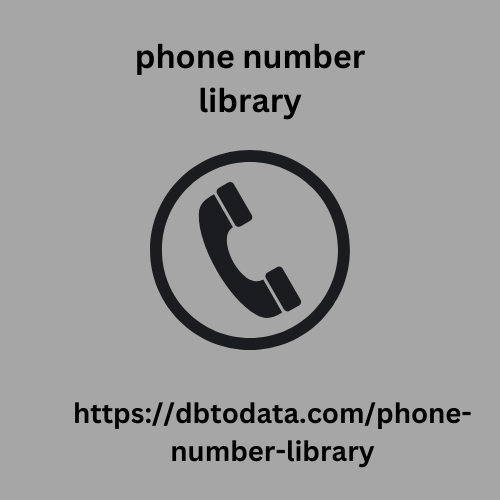A mirror site is a copy of your site that is accessible at a different address. For example, your site can be opened as example.com and as www.example.com. These are two different addresses, but their content is the same.
What tasks does a site clone help to accomplish:
- Backup and recovery. If the main site stops working due to technical problems or hacker attacks, the mirror helps to quickly restore work. While one site is “down”, the other will allow users to use your company’s services. Nobody wants to lose traffic and money!
- Improving accessibility. Mirrors help a site load faster for users in different countries. For example, if the main server is in the US and users are in Europe, a mirror in Europe will allow pages to load faster.
- Reduced server load. When many people visit a site at the same time, the server can become overloaded. Mirrors distribute this load so that the site does not crash. This is often relevant during sales such as Black Friday or the release of something hyped. Almost every time, mirrors help Apple not to collapse on the days of the release of a new iPhone.
- Bypassing blocking. If the main phone number library site is blocked in any country, a mirror on another domain may remain accessible. This is important for news portals and sites with critical information.
- Continuous operation. During updates or maintenance of the site, the mirror allows users not to notice interruptions.
- Moving to a new domain. If you decide to change the site domain, mirrors help redirect all traffic from the old address to the new one. This is important to avoid losing visitors and positions in search engines.
But simply making a clone of a site and launching it into a search engine is not enough. Properly setting up mirrors helps avoid duplicating content. If search engines detect that the same content is available at different addresses, they may lower your site in search results.
How to choose the main mirror
If your site has multiple mirrors, search how to drive traffic to your store engines may get confused and not understand which address is the main one. This can lead to problems with duplicate content and worsening positions in search results.
The first thing you need to decide is whether to use a site with or without the www prefix.
What conclusion do we come to? Choose a domain with the www prefix:
- If you have a complex site aol email list structure with multiple subdomains.
- If your audience is used to www addresses and this inspires more trust.
Choose a domain without the www prefix:
- If your site is small and does not require complex technical settings.
- If you are looking for a modern and minimalistic look for your address.
It is important to be consistent with your chosen format and ensure that all links, sitemaps, and backlinks follow that format.

